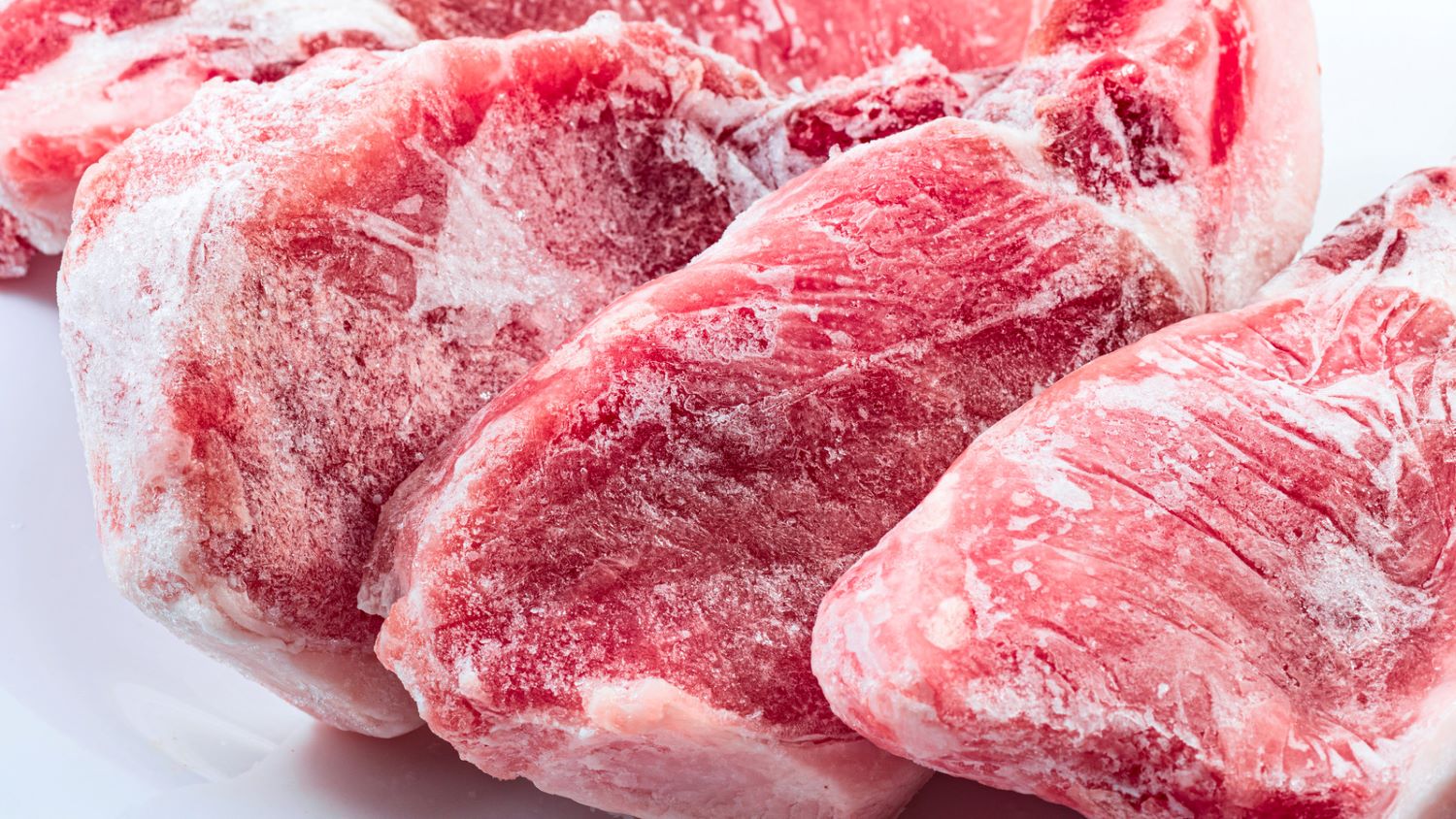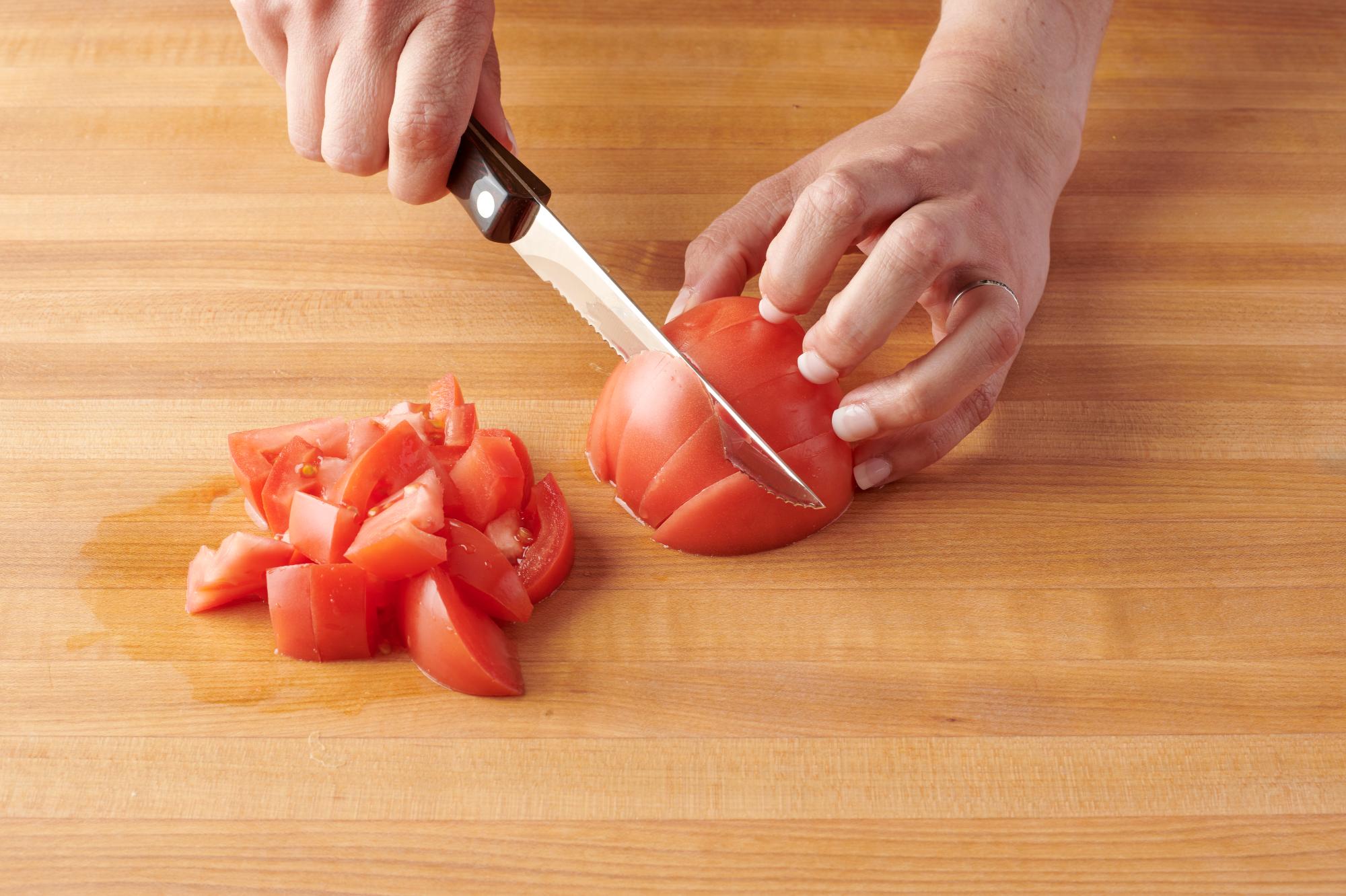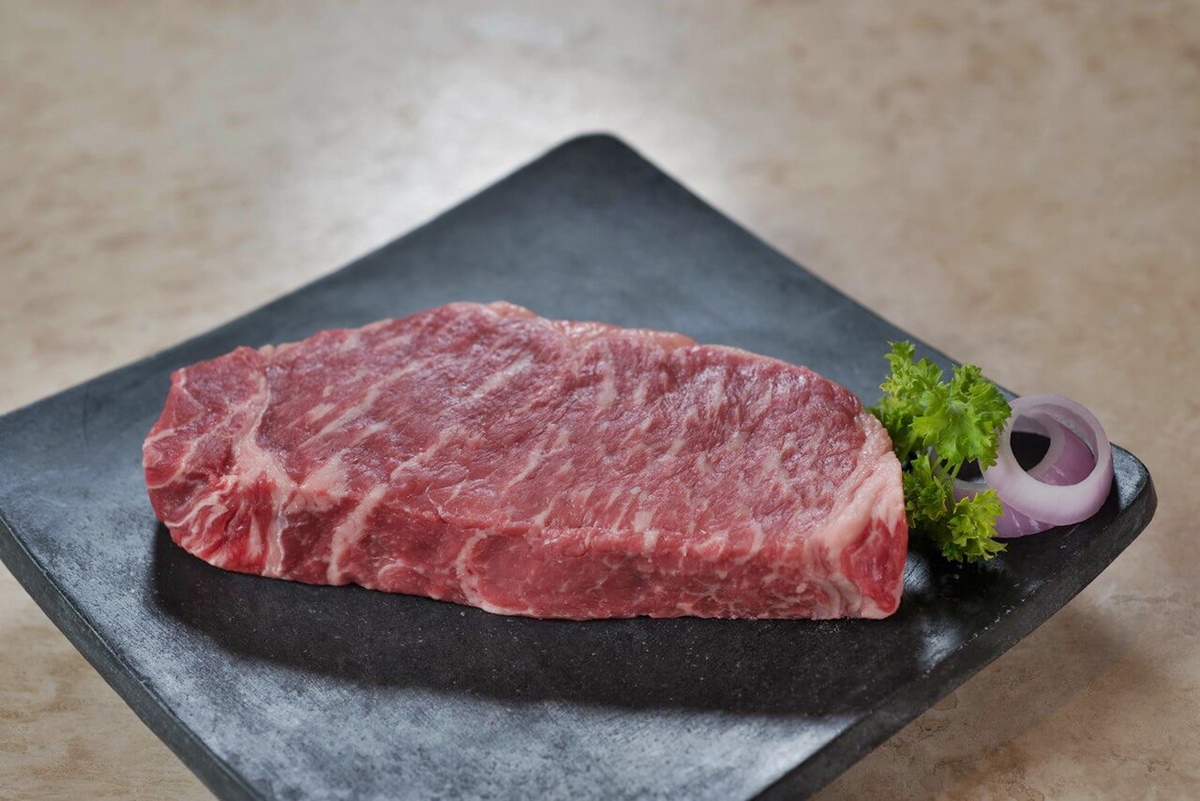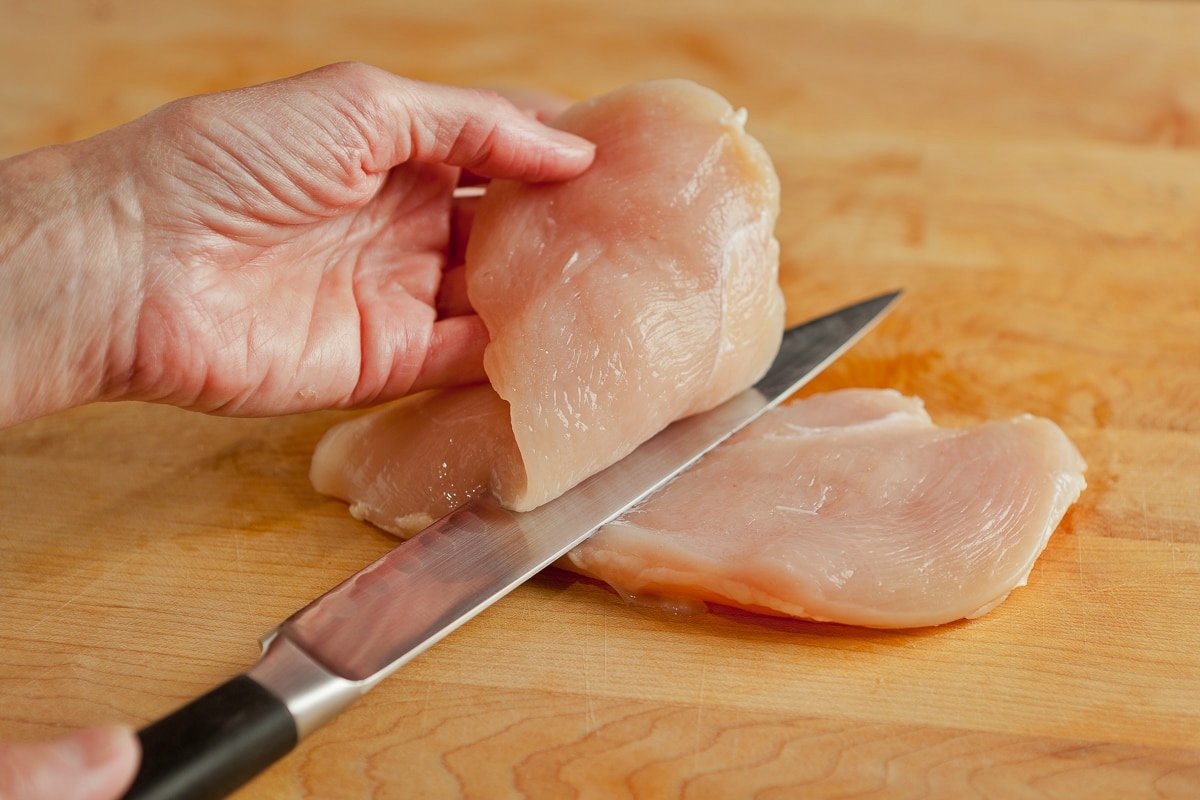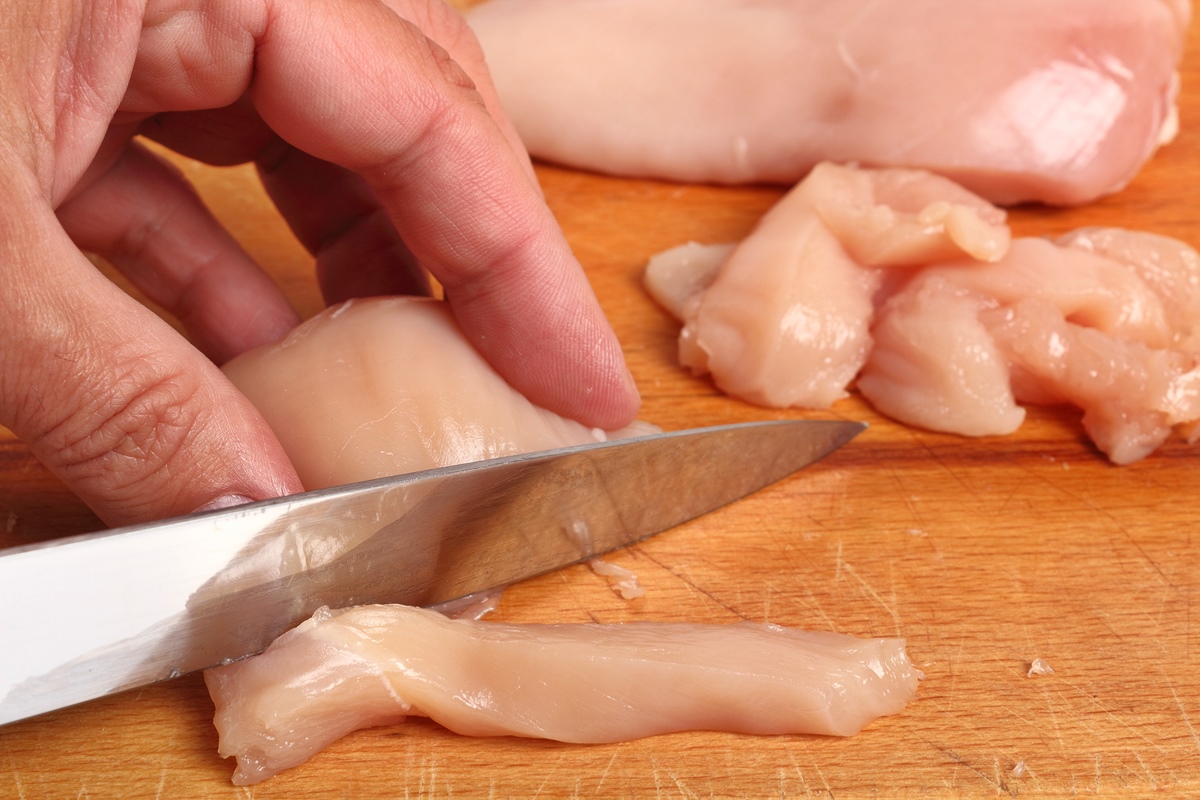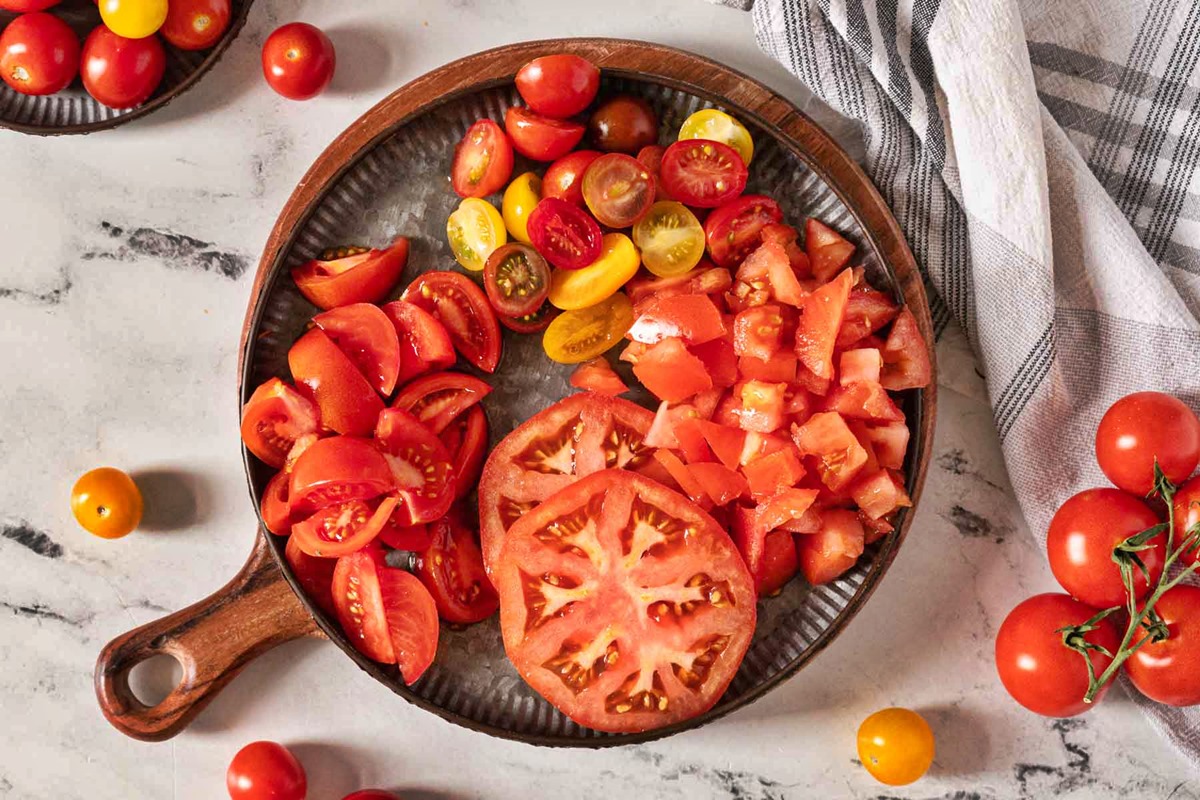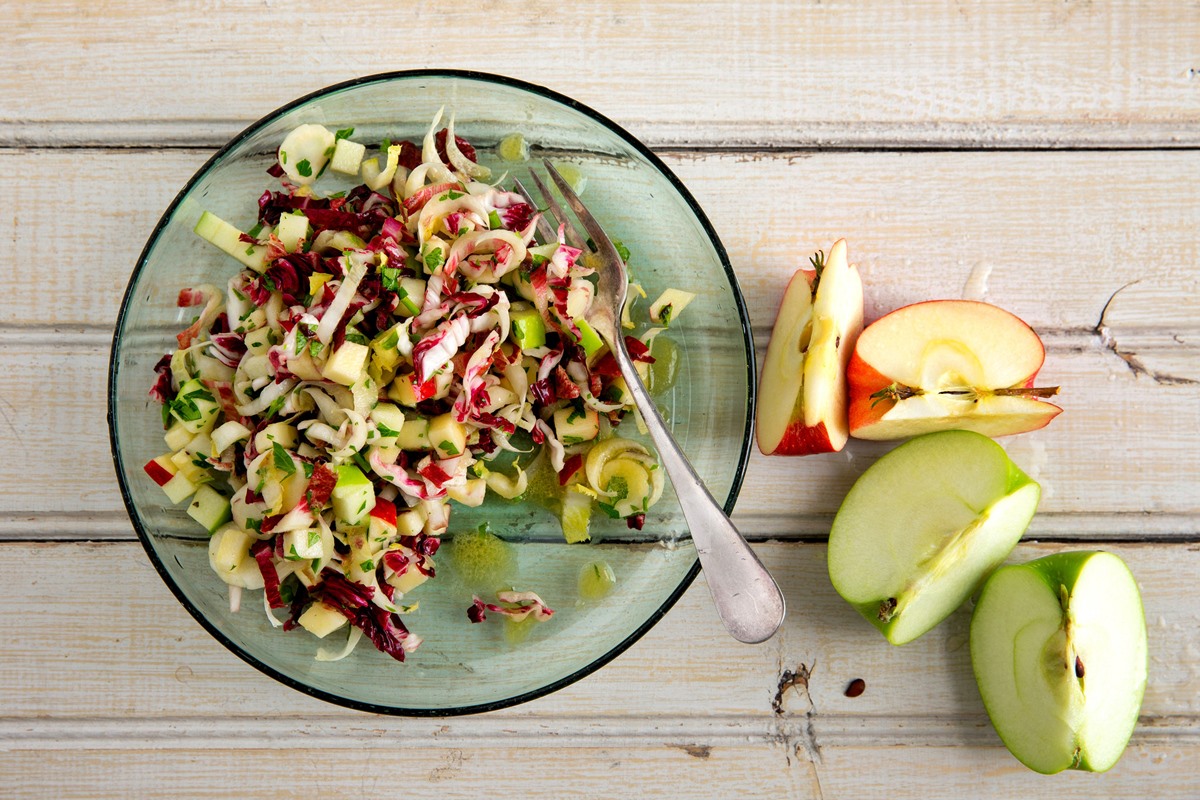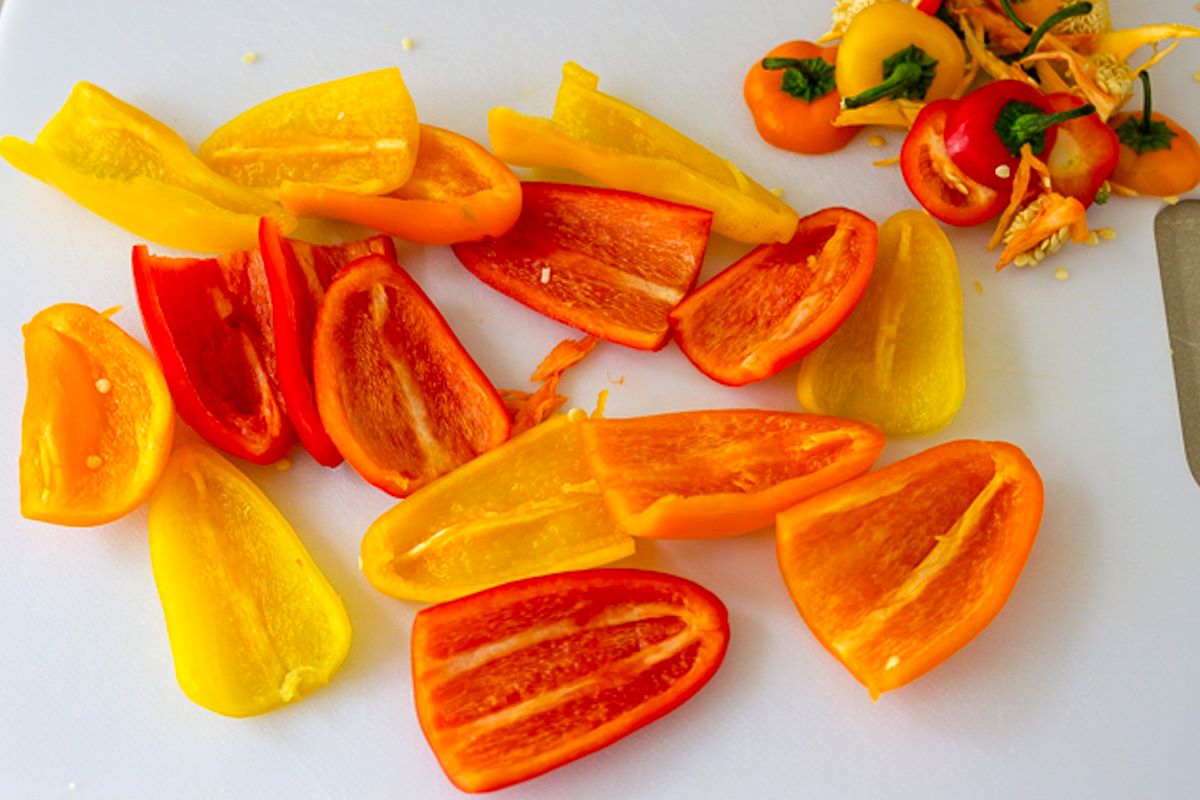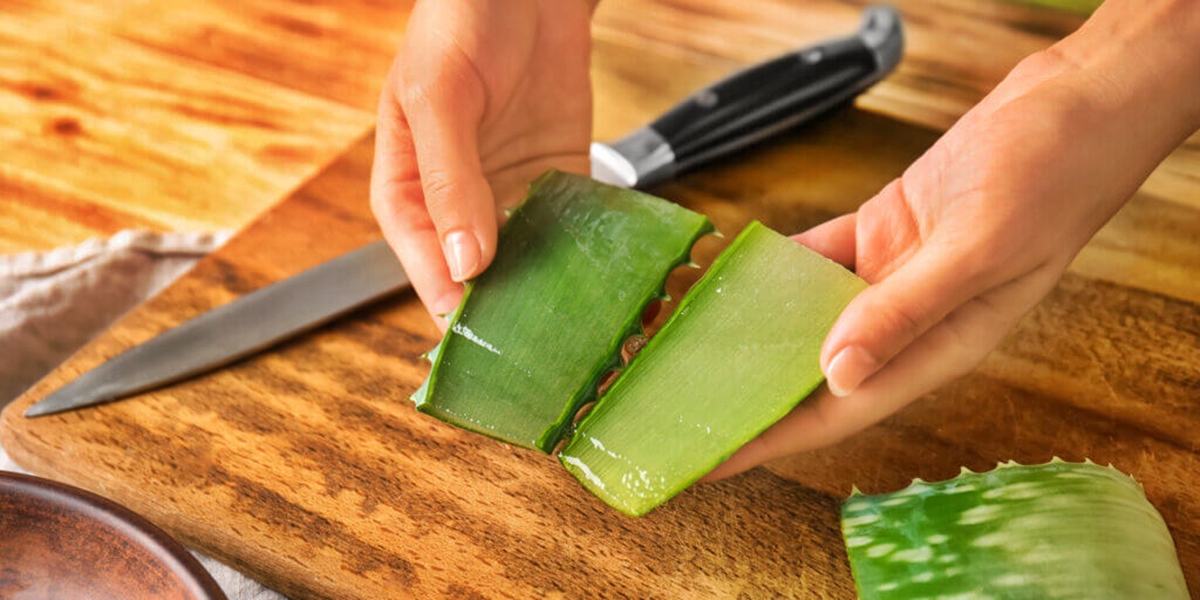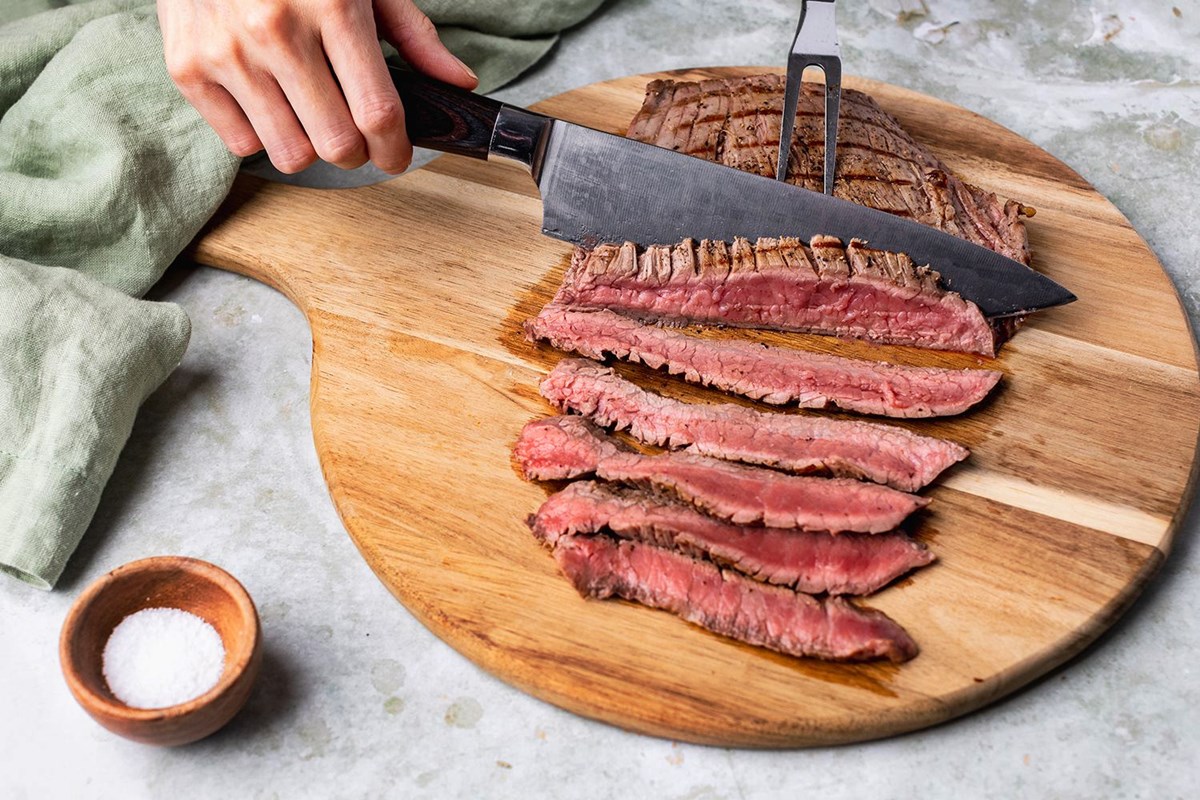Mastering the Art of Cutting Steak
There’s nothing quite like a perfectly cooked steak. The juicy, tender meat paired with mouthwatering flavors is a culinary delight. But to truly enjoy a steak, it’s important to know how to cut it properly. Whether you’re a seasoned grill master or a cooking enthusiast looking to up your steak game, mastering the art of cutting steak will take your culinary skills to the next level.
Why Is Properly Cutting Steak Important?
You might be wondering, why does it matter how we cut a steak? Well, the way you slice a steak can greatly impact its tenderness, texture, and overall eating experience. Cutting a steak properly ensures that each bite is tender, evenly cooked, and showcases the meat in all its glory.
So, grab your knives and let’s dive into some expert tips on how to cut steak like a pro:
1. Getting the Right Cut
The first step in cutting steak properly starts with selecting the right cut. Different cuts of steak have different textures and flavors, so choose one that suits your preferences. Some popular choices include ribeye, filet mignon, and New York strip.
Pro tip: Look for marbling – those beautiful, thin streaks of fat within the muscle fibers. Marbling is a good indicator of tenderness and flavor.
2. Preparing the Steak
- Allow the steak to rest at room temperature for 30 minutes before cutting. This helps retain the juiciness and ensures even cooking.
- Pat the steak dry with a paper towel to remove excess moisture. This enhances the Maillard reaction, giving you that oh-so-delicious crust.
3. Tools of the Trade
Investing in high-quality, sharp knives is crucial for a clean and precise cut. A chef’s knife or a steak knife should do the trick. Make sure to keep your knives well-maintained and sharpened regularly.
4. Slicing Techniques
Now comes the fun part – actually cutting the steak. Here are a few techniques to make sure each slice is perfection:
- Position your knife at a slight angle (approximately 45 degrees) to create thin slices. This helps to release the meat fibers, resulting in a more tender bite.
- Start by making a small incision in the meat, then follow through with a steady, fluid motion to create clean cuts.
- For larger steaks, consider cutting against the grain for maximum tenderness.
5. Serving and Presentation
Once you’ve successfully conquered the art of cutting steak, it’s time to serve and impress your guests. Consider these presentation tips:
- Arrange the slices on a warmed platter to keep the meat juicy and tender.
- Garnish with fresh herbs or a sprinkle of sea salt to enhance the flavors.
Remember, practice makes perfect. With time and experience, you’ll become a cutting pro and be able to enjoy perfectly sliced steaks every time.
In Conclusion
Cutting steak properly is an essential skill for any meat lover. By following these expert tips, you’ll elevate your steak game and ensure that each bite is a culinary delight. So, grab your favorite cut, sharpen your knives, and let your inner chef shine. Happy slicing!
For anyone keen on sharpening their steak-cutting skills, there are a few standout recipes that pair perfectly with the guide. They should definitely try Steak Tacos with Fresh Salsa for a vibrant, zesty flavor that highlights the importance of cutting steak into thin strips for even distribution. The Steak Salad with Balsamic Vinaigrette showcases how properly sliced steak can elevate a salad with balanced textures and flavors. Chimichurri Steak Recipe is another must-try, as the thin, even slices allow the aromatic chimichurri sauce to seep into every bite. For a quick and hearty meal, Steak and Eggs Breakfast Skillet demonstrates how well-cut steak pieces can blend seamlessly with eggs and potatoes. Lastly, Steak Fajitas with Bell Peppers and Onions is perfect for learning to cut steak against the grain, ensuring each bite is tender and flavorful.
Was this page helpful?
Read Next: How To Cut Banana Bread
